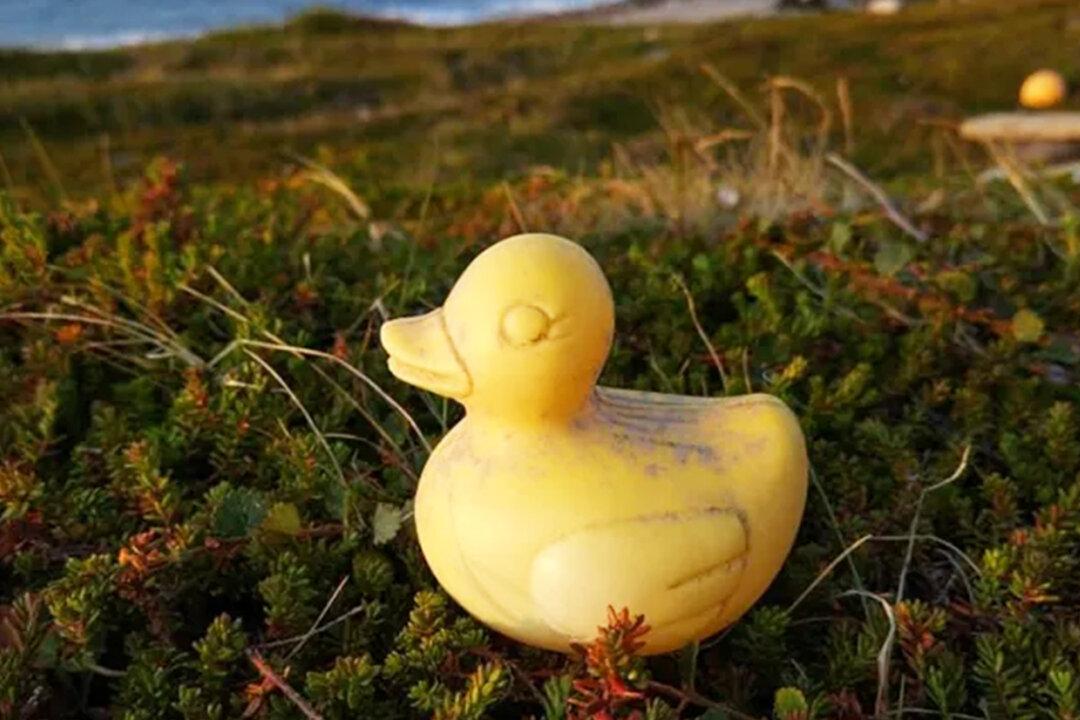A man from Moscow, vacationing with his family on a rocky beach in northwestern Russia, stumbled upon a rubber duck bath toy that had floated far from home.
After some inquiry, Vladimir Matusevitch, a graphic designer, learned that the yellow duck had voyaged some 6,000 miles to the shores of Rybachy Peninsula—all the way from a small town in central Canada.






